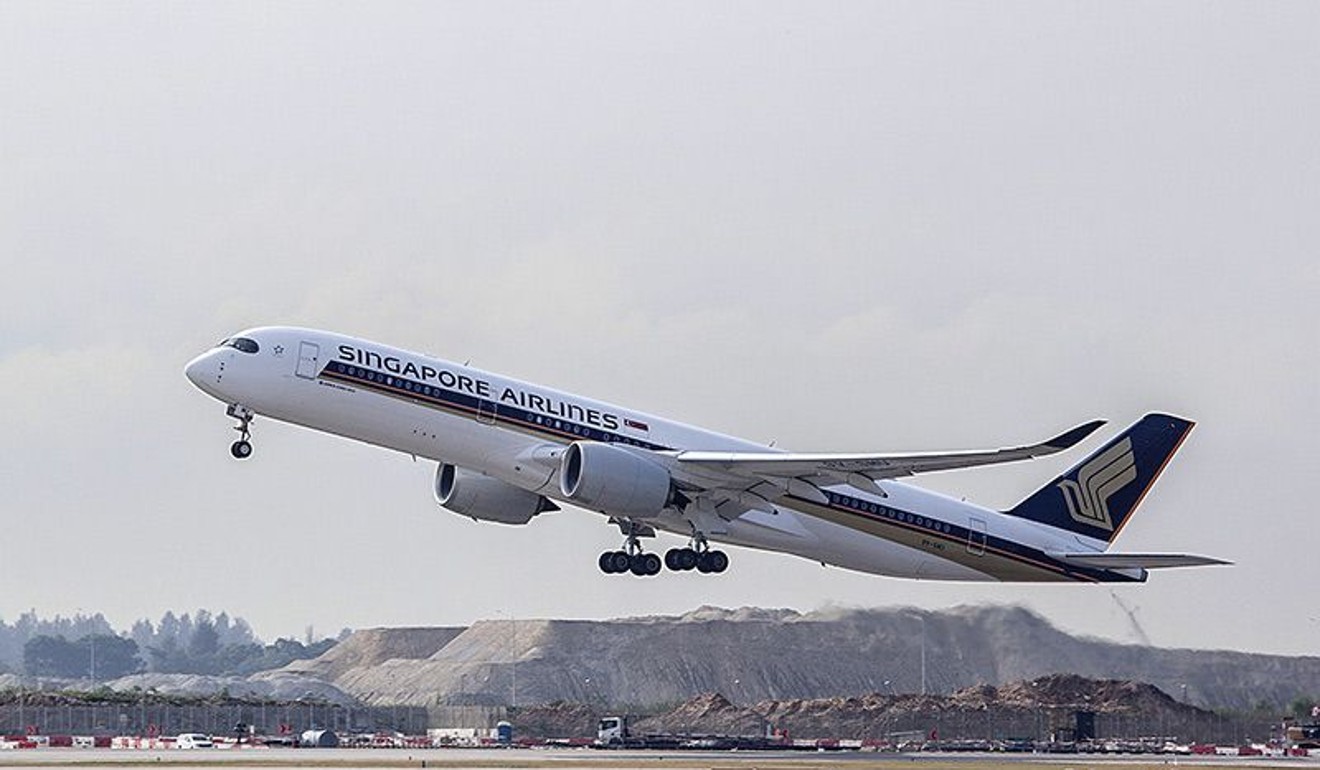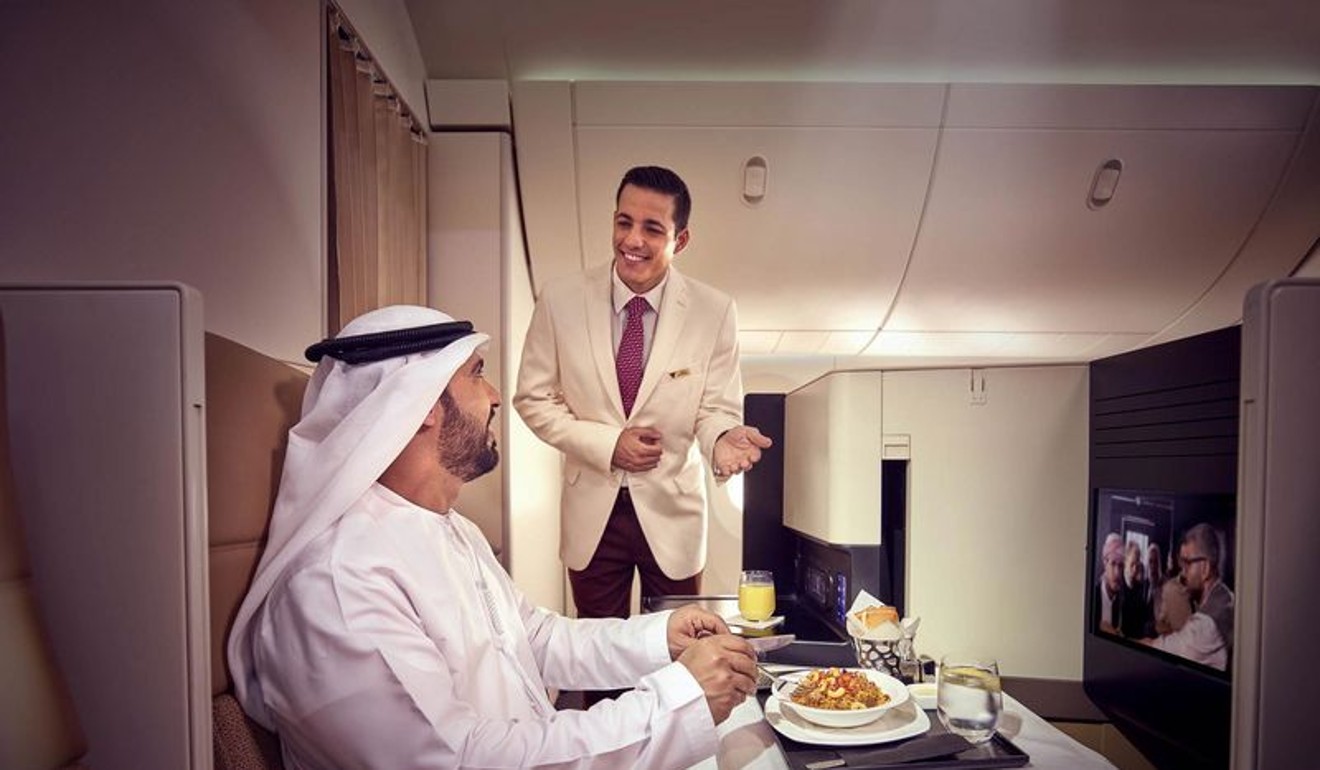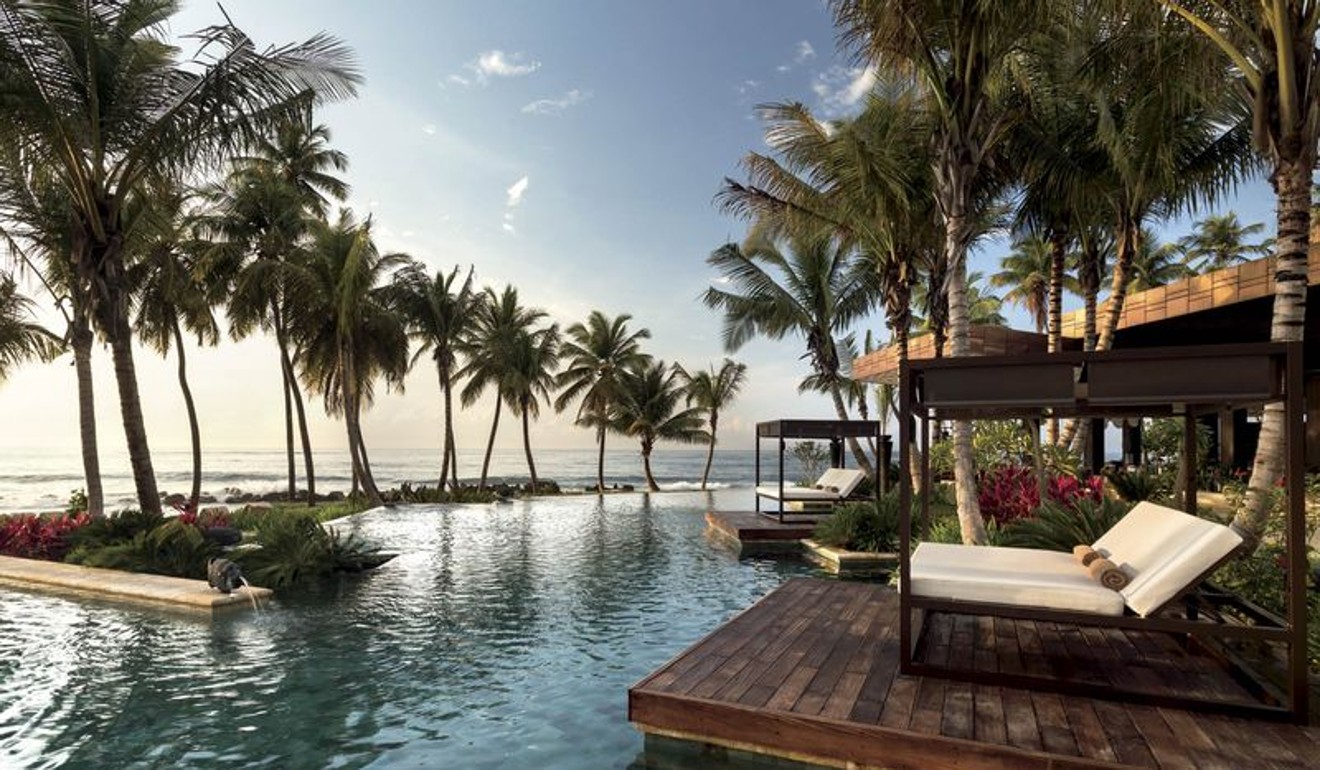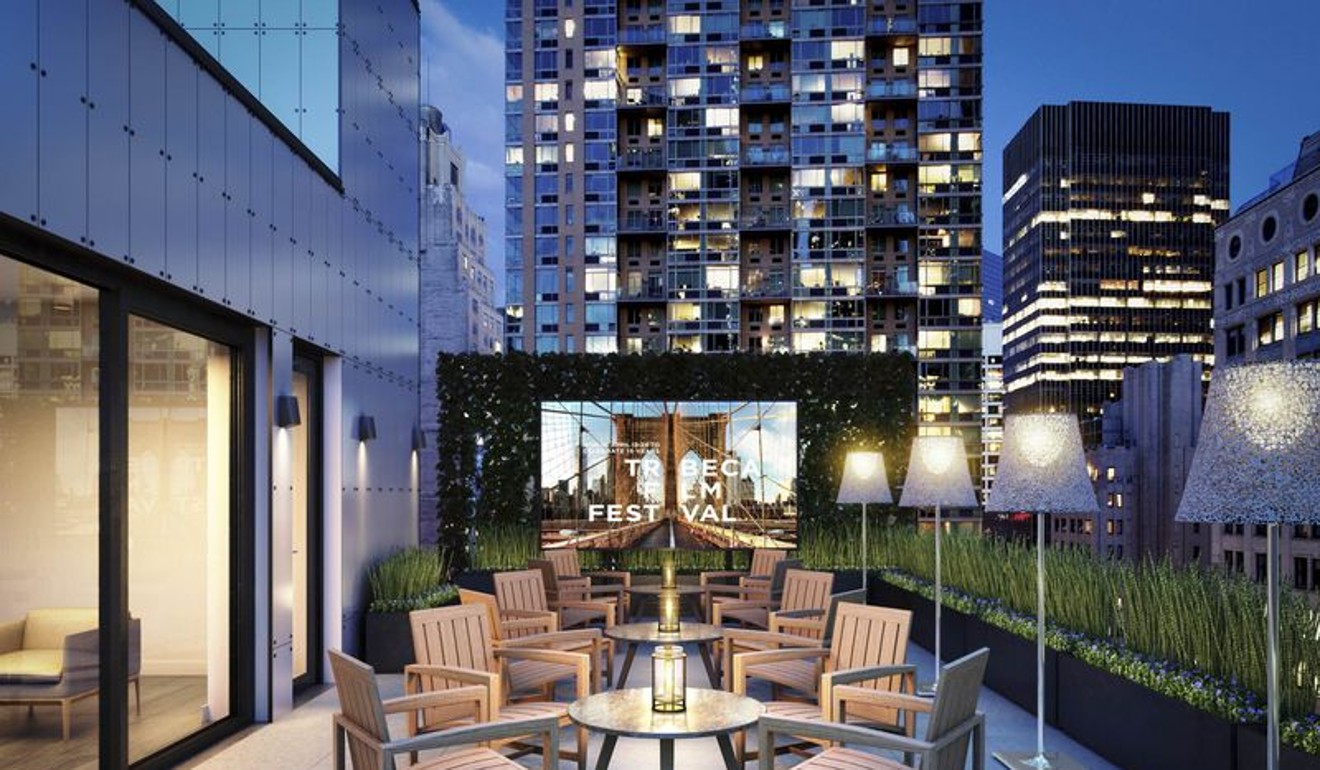The many ways travel changed – resoundingly for the better – in 2018

If you’re heading out of town this week, the airport may not look too different from the one you walked through in January. The same sitcoms are showing on your seat-back screen – assuming you still have one. And hopefully the people you’re travelling to visit are familiar faces, too.
But there’s a lot about travel that has changed over the past 12 months – even if you were too fixated on your destination to notice.
Here are the major highlights.
Flights went farther

Qantas Airways Ltd debuted its newest ultra-long-haul this spring: a flight from Perth to London. At 17 hours, it came close to breaking records.
Then in October, Singapore Airlines did what Qantas didn’t. Its 18-hour, 45-minute route – which spans 10,400 miles from Changi to Newark – is 500 miles longer than the previous record-holder, a Qatar Airways flight from Auckland to Doha.
Credit goes to Airbus’s new A350-900 Ultra Long Range aircraft, which guzzles less fuel than previous versions and makes the journey possible. (According to our reviewer, the journey feels every bit as long as it is, even if there are only business-class seats aboard.)
And flights are only going to continue getting longer.
Gulfstream made advances this year that will help private aviation reach extreme distances, and Qantas’ goals are so ambitious, it would like to have 20-hour flights from New York and London to Sydney by 2022 – possibly on planes with bunk beds, childcare facilities and gyms.
Planes got nicer

Unlike recent years, which saw monumental advancements in luxury such as Qatar’s Qsuites or Etihad Airways’ Residence, 2018 was a bit of a snooze. That’s not a bad thing: sometimes it’s the less glitzy, incremental advancements that can have a wider-reaching effect.
American Airlines, Delta Air Lines and United Airlines all started installing premium economy cabins along their international routes – a first – while JetBlue Airways announced the expansion of its relatively affordable – and comfortable – Mint Business Class.
A large number of European carriers added more first-class seats to their planes, reversing a years-long trend to get rid of those ultra-premium seats.
Still stuck in cattle class? Don’t worry: perks such as in-flight internet access were a focus this year, as service got more ubiquitous and faster than ever.
Tented camps became all the rage

Hotels with four walls are so 2017. This year was all about the tented camp – experiential properties inspired by the glamour of the African savannah. They cropped up in Bali, Cambodia and Sri Lanka, with more in the works in Mexico, Costa Rica and beyond.
And no, we’re not talking about roughing it. This is glamping – or glamorous camping: think tents with private pools, indoor and outdoor showers, canopied beds and butler service. The canvas walls just add to the adventure.
The Caribbean rebounded

A year after the one-two punch of Irma and Maria, both Category 5 hurricanes, hotels have refurbished and reopened and new air routes have improved access to quieter corners of the region. Meanwhile, travel companies at every end of the spectrum are engaging in smart philanthropic efforts.
The combination has been a powerful one. Jack Ezon, founder and managing partner of Embark (formerly Ovation Vacations) says that 62 per cent of his Northeast client base is travelling to the Caribbean this winter season, up from a historical average of 53 per cent.
Among the hotels to prioritise: the scenic Mandarin Oriental Pink Sands in Canouan, the fully redone Dorado Beach Ritz-Carlton Reserve in San Juan, and Silversands, the first resort to pull out all the stops on the lush island of Grenada. Oh, and just about anything in St Barts and Anguilla.
Hotels figured out how to take on Airbnb

No, the answer isn’t to start offering flat rentals. In fact, the companies that tried that approach largely floundered in 2018. Accor had to write off US$288 million on One Fine Stay; Hyatt decided to sell off Oasis, its home-rental collection.
Instead, hoteliers found success in the extended-stay model, which was due for a rethink. In Europe and the US, “boutique apart-hotels” took the best parts of extended-stay hotels (large suites with kitchens, affordable rates) and merged them with modern-day luxuries like high-end design, third-wave coffee shops, and vibrant co-working spaces.
One such brand, Locke, was bought by Brookfield Capital for an industry-setting price of US$565 million. Its main competition? Not Marriott, but Airbnb. “The intention is to cover every major European city and get the company to $2 or $2.5 billion [in valuation] – then we’ll look at the US and Australasia markets,” Locke’s founder, Eric Jafari, said back in July.
Layovers became less painful

New hubs made globetrotting a more streamlined pursuit this year. Istanbul’s Ataturk International Airport, which is poised to become the busiest passenger hub in the world, opened its first phase; Oman debuted a new hub for the Middle East; Singapore’s Changi went next-level with automation technology; and even the most nightmarish US hub, New York’s LaGuardia, unveiled part of its $8 billion facelift to all cheers and no jeers.
And it’s not just the airports that have got upgrades, either – it’s how we navigate them. New and expanding companies are offering VIP treatment to fliers, letting them skip the customs line and get into exclusive lounges, and drive them straight to the plane’s door.
The Balkans became buzzy

There’s no question: the trendy destination of 2018 was the Balkans. (Yes, the whole region.) Europhiles looking for the next big thing set their sights just past over-touristed Croatia and to places like Montenegro, Bosnia and Herzegovina, and Slovenia.
All have untrammelled, postcard-perfect landscapes, fascinating history, distinct food traditions, few crowds, and easy access. Whether you want to connect them by road trip or regional flights, it’s easy to check off a couple of countries in a single week-long trip. (Up next on the insiders’ heat map: the Silk Road.)
Kid-Friendly travel went next-level

Multigenerational travel – trips that include kids, parents and grandparents – has been a dominant force in the industry for the last few years. But this year the idea got a new spin. First was the concept of “skip-gen” trips, where grandparents cut the parents out of the equation and take the grandchildren for a grand tour, European or otherwise. That put more pressure on the older generation to channel what younger travellers want – which isn’t always easy.
As a response, TCS World Travel has convened a panel of teenage travel consultants who can help adults cater to their ever-shifting preferences. A few months later, Big Five Tours and Expeditions followed suit. Hotels have also started to overhaul their family-friendly programming.
And if that all wasn’t enough, private aviation company VistaJet took in-flight entertainment to new heights with a programme that delivers themed, six-figure play parties at 45,000 feet.
Want more stories like this? Sign up here. Follow STYLE on Facebook, Instagram and Twitter

It was mostly cheers and no jeers: we got nicer planes and premium economy cabins, some airlines introduced six-figure parties at 45,000 feet, and hotels took on Airbnb